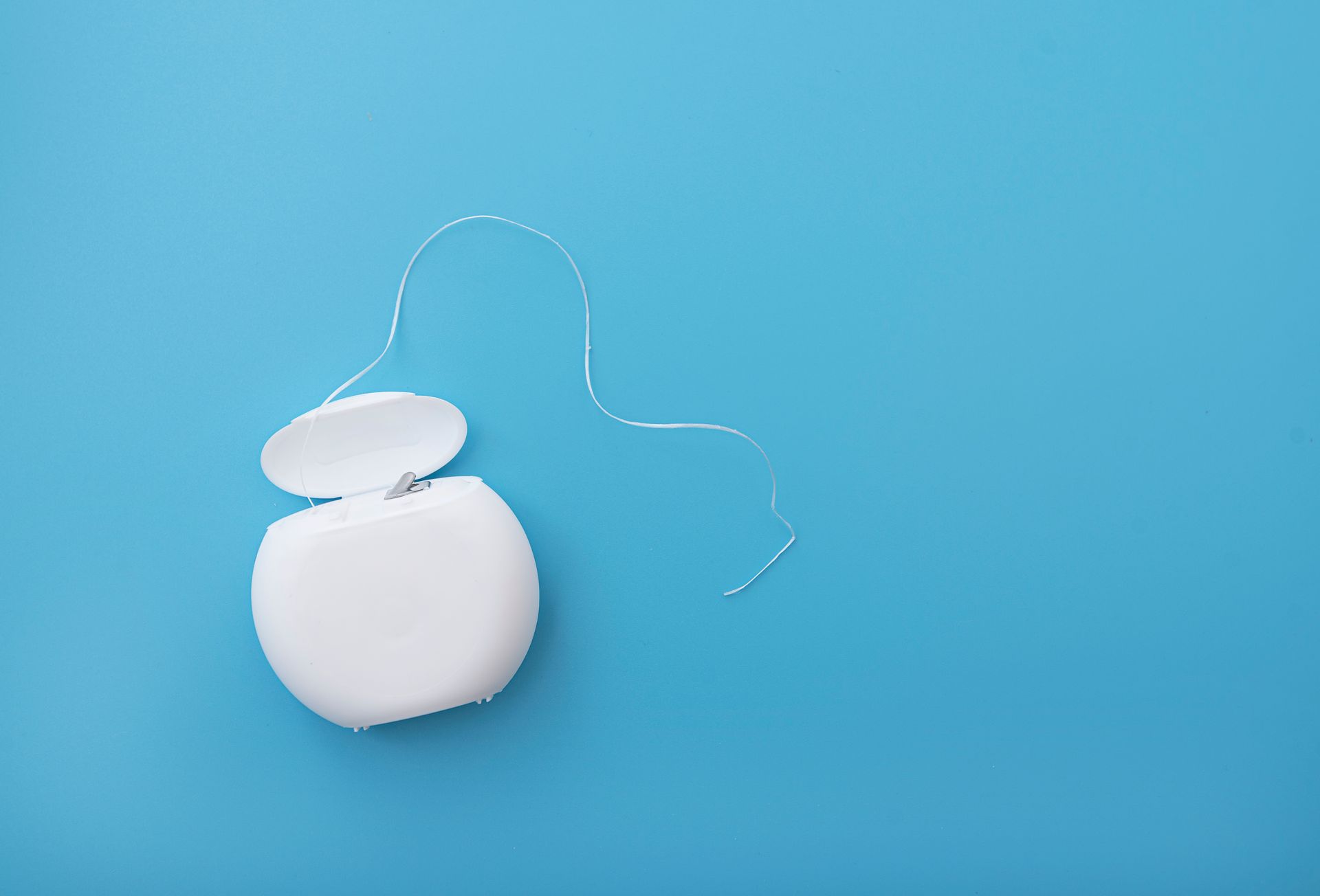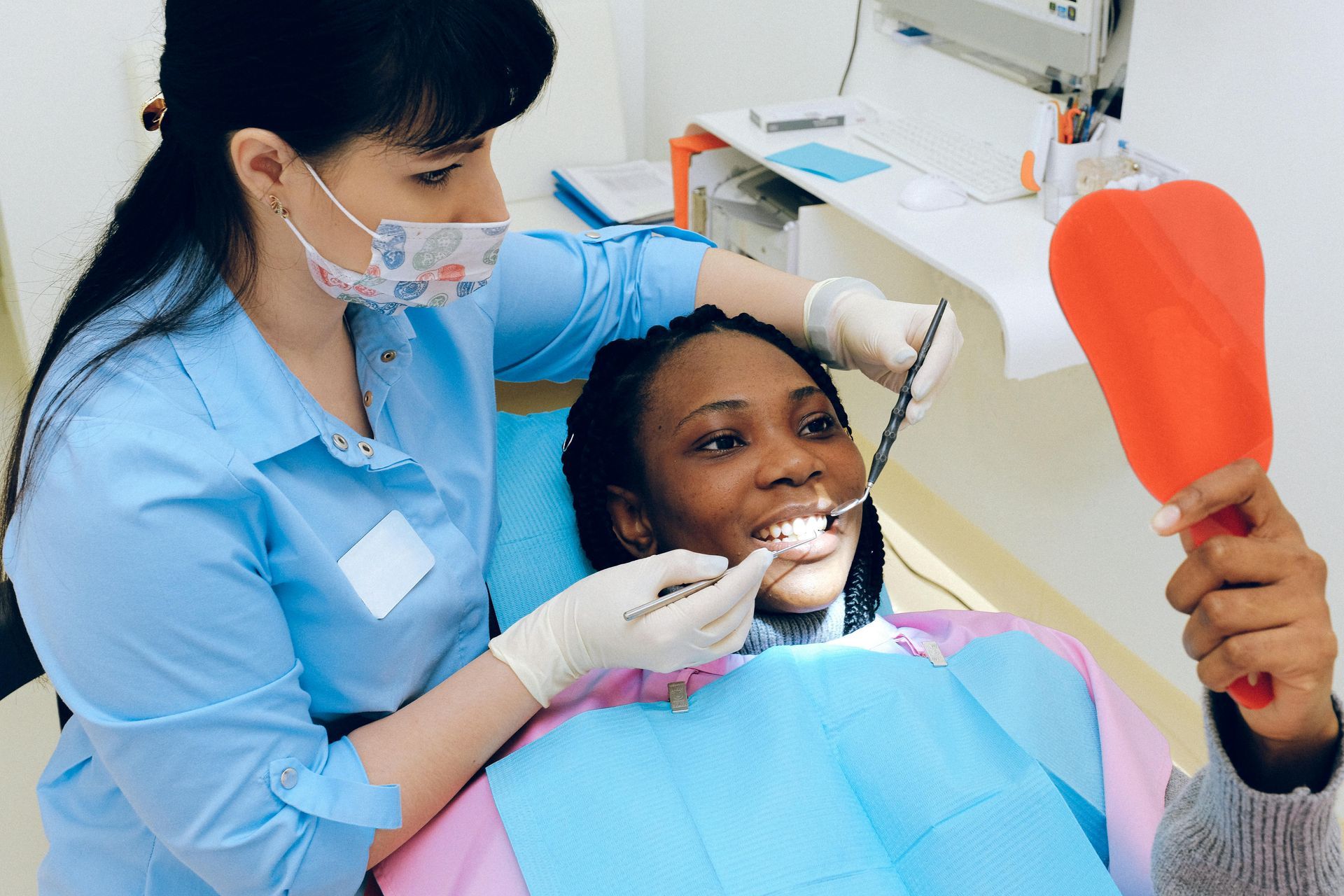Electric vs. Manual Toothbrushes – Which Is Best for Your Smile
Preventive dental care starts at home, and the tools you use matter. At Dental Professionals of Wheaton, we often hear patients ask whether they should stick with a traditional manual toothbrush or switch to an electric one. The answer? It depends on your personal needs and preferences—but both options can be effective when used correctly.
Your twice-daily brushing routine is one of the most important habits you can maintain to prevent cavities, gum disease, and plaque buildup. Choosing the right toothbrush can help make that routine more efficient, comfortable, and effective.
Why Your Toothbrush Choice Matters
While both manual and electric toothbrushes can remove plaque and debris effectively, electric toothbrushes offer high-speed, automatic brushing that may help users improve their technique—especially those who have difficulty brushing thoroughly.
The American Dental Association (ADA) has approved both manual and electric toothbrushes as effective tools for maintaining oral health. However, individuals with limited mobility—such as those with arthritis or developmental disabilities—may find electric brushes easier to use and more effective in reaching all areas of the mouth.
Did You Know?
The ADA doesn’t officially recommend one type of brush over another. What it does emphasize is that all toothbrushes, electric or manual, should have soft bristles to prevent gum irritation and enamel erosion. A gentle approach is always better than vigorous scrubbing!
Electric vs. Manual Toothbrush – Key Comparisons
- Plaque Removal: Electric brushes often remove more plaque due to their consistent motion and built-in timers.
- Ease of Use: Electric brushes may benefit users with dexterity challenges or kids still learning good brushing technique.
- Cost: Manual brushes are more affordable, but electric toothbrushes offer features like timers, pressure sensors, and app integration.
- Sustainability: Electric brushes require head replacements, while manual brushes are disposed of entirely.
Frequently Asked Questions
Which toothbrush should I be using?
Both electric and manual toothbrushes can effectively clean your teeth when used properly. If you struggle to brush for a full two minutes or have difficulty reaching the back of your mouth, an electric toothbrush with an oscillating head and built-in timer may help improve your results. Talk to your dentist about the best option for your smile and lifestyle.
What should I expect from my toothbrush?
No matter which type you choose, your toothbrush should be easy to grip and small enough to reach behind your molars. It should comfortably clean along the gumline and between teeth without causing discomfort. If the bristles begin to fray or the head feels too large, it may be time to switch.
Do I need to replace an electric toothbrush as often as a manual one?
Yes and no. While you won’t need to replace the whole electric device, the brush head should still be changed every 3–4 months, or sooner if the bristles become worn. This ensures optimal cleaning power and helps reduce bacteria buildup.
Still Unsure Which Brush Is Best?
Let Us Help at Dental Professionals of Wheaton
Choosing the right toothbrush is a personal decision, but you don’t have to make it alone. At Dental Professionals of Wheaton, we’re happy to recommend the best tools to support your at-home oral care. During your next visit, ask us about electric brushes, brushing techniques, or any other oral health questions you have.
Schedule your dental cleaning in Wheaton, IL, and let’s work together to keep your smile healthy, strong, and bright—no matter which brush you use!
Share Content






